I’m using the acceptance-rejection method for beta distribution with g(x) = 1, 0 ≤ x ≤ 1. The function is: f(x) = 100x^3(1-x)^2.
I want to create an algorithm to generate data from this density function.
How can I estimate P(0 ≤ X ≤ 0.8) with k = 1000 repetitions (n=1000)? How can I solve this in R?
I already have:
beta.rejection <- function(f, c, g, n) {
naccepts <- 0
result.sample <- rep(NA, n)
while (naccepts < n) {
y <- runif(1, 0, 0.8)
u <- runif(1, 0, 0.8)
if ( u <= f(y) / (c*g(y)) ) {
naccepts <- naccepts + 1
result.sample[n.accepts] = y
}
}
result.sample
}
f <- function(x) 100*(x^3)*(1-x)^2
g <- function(x) x/x
c <- 2
result <- beta.rejection(f, c, g, 10000)
for (i in 1:1000){ # k = 1000 reps
result[i] <- result[i] / n
}
print(mean(result))
